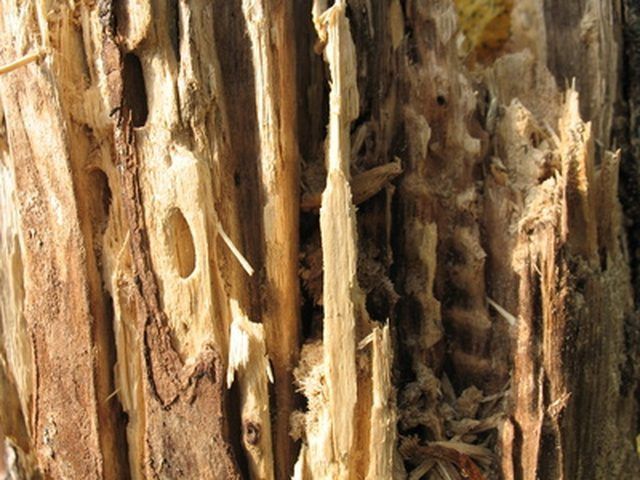Bulbs
Flower Basics
Flower Beds & Specialty Gardens
Flower Garden
Garden Furniture
Garden Gnomes
Garden Seeds
Garden Sheds
Garden Statues
Garden Tools & Supplies
Gardening Basics
Green & Organic
Groundcovers & Vines
Growing Annuals
Growing Basil
Growing Beans
Growing Berries
Growing Blueberries
Growing Cactus
Growing Corn
Growing Cotton
Growing Edibles
Growing Flowers
Growing Garlic
Growing Grapes
Growing Grass
Growing Herbs
Growing Jasmine
Growing Mint
Growing Mushrooms
Orchids
Growing Peanuts
Growing Perennials
Growing Plants
Growing Rosemary
Growing Roses
Growing Strawberries
Growing Sunflowers
Growing Thyme
Growing Tomatoes
Growing Tulips
Growing Vegetables
Herb Basics
Herb Garden
Indoor Growing
Landscaping Basics
Landscaping Patios
Landscaping Plants
Landscaping Shrubs
Landscaping Trees
Landscaping Walks & Pathways
Lawn Basics
Lawn Maintenance
Lawn Mowers
Lawn Ornaments
Lawn Planting
Lawn Tools
Outdoor Growing
Overall Landscape Planning
Pests, Weeds & Problems
Plant Basics
Rock Garden
Rose Garden
Shrubs
Soil
Specialty Gardens
Trees
Vegetable Garden
Yard Maintenance
How to Fight Termites
How to Fight Termites. Termites are insects that build colonies underground, eating their way through cellulose-based natural materials like wood to create an intricate pathway of tunnels. These tunnels may extend up to 100 meters from their starting point, and termite colonies may contain over 1 million insects, which often find their way into...

Termites are insects that build colonies underground, eating their way through cellulose-based natural materials like wood to create an intricate pathway of tunnels. These tunnels may extend up to 100 meters from their starting point, and termite colonies may contain over 1 million insects, which often find their way into homes. The damage termites can cause is extensive since they are not discovered immediately. They eat their way through structural materials, causing potential hazards. Fighting termites already nested in your home is difficult, so the best course of action is prevention.
Things You'll Need
Termiticides
Plastic or Metal Sheeting
Termite Bait Stations
Inject termiticides along the exterior base of your home. Termiticides are special pesticides formulated for use against termites. They are water-based, and hundreds of gallons are needed to protect an entire house. These solutions are available for purchase in concentrated form at home improvement stores, and you can dilute them to the correct concentrations at home. Inject the solution at least 3 feet into the soil surrounding your home, but no deeper than 5 feet. Termites are usually found in the soil at these depths. Reapply termiticides every 5 to 10 years.
Place termite bait stations throughout your home and yard. Termite bait is a cellulose-based food product combined with a pesticide. Termite bait stations are feeding points that can be installed underground in your yard or above ground within your home to slowly kill termites. Given their slow rate of effectiveness, bait stations are an excellent way to prevent termite infestations rather than kill them outright.
Install non-cellulose based barriers between your home and a potential nesting spot. Non-cellulose barriers include those made from metal, concrete or plastic. This is usually a labor-intensive process, but the results are unbeatable. Use this method when you have a highly susceptible area on your property, such as a firewood pile.
Hire pest control professionals to apply termiticides directly to your home's foundation. This is a difficult task to accomplish without the proper equipment and training, so it is best left to professionals. Placing a chemical barrier along the foundation of your home, below ground, is an excellent preventative measure.